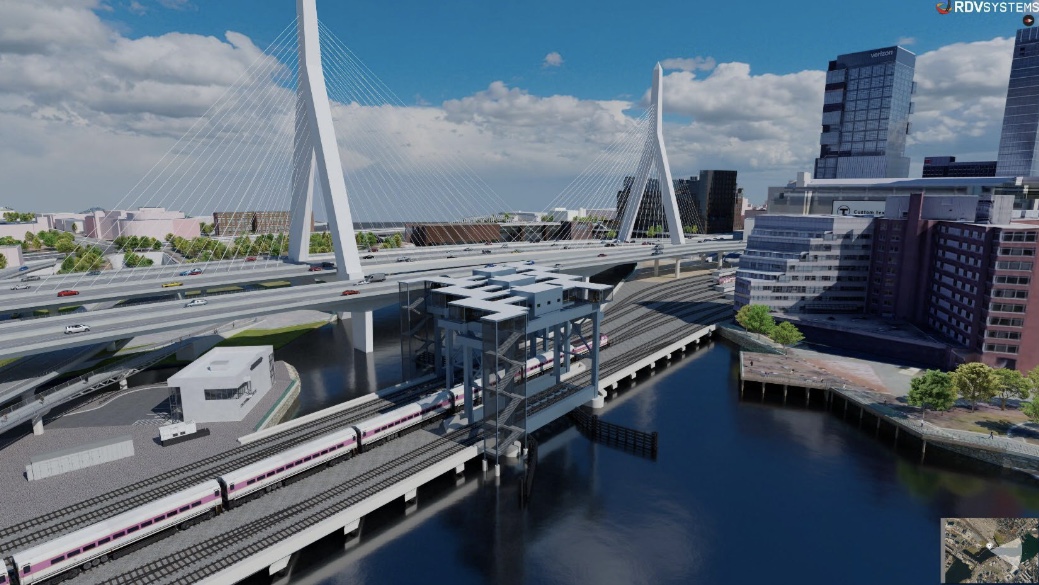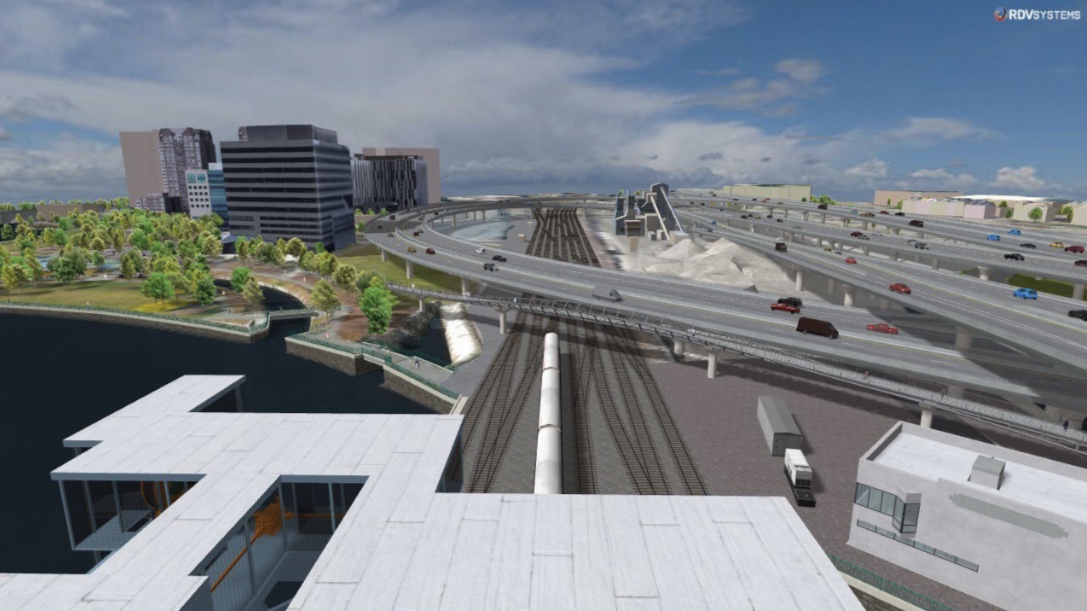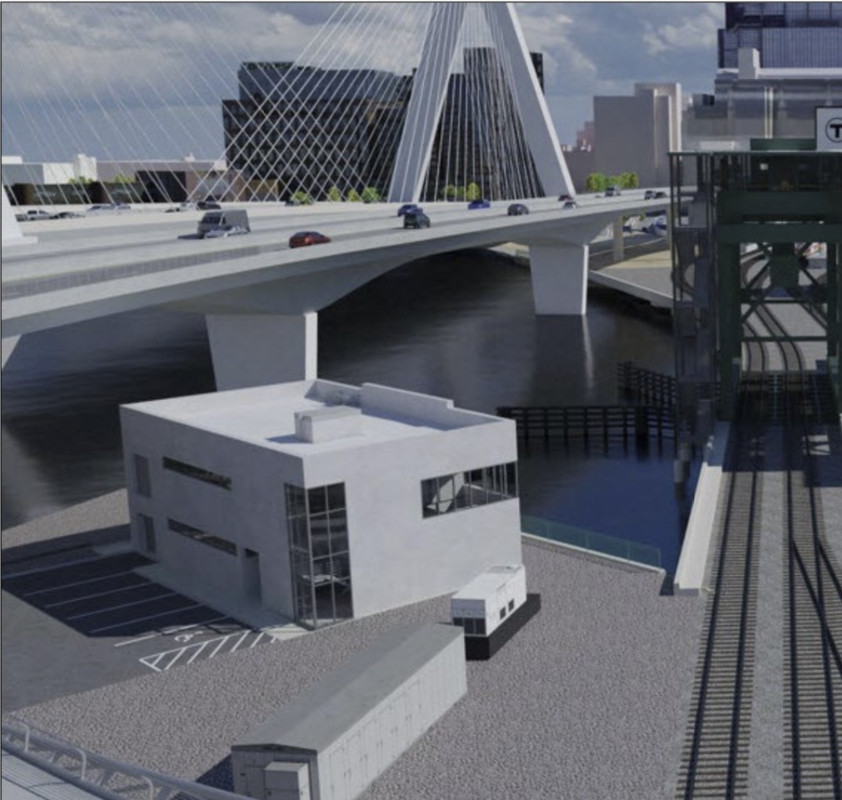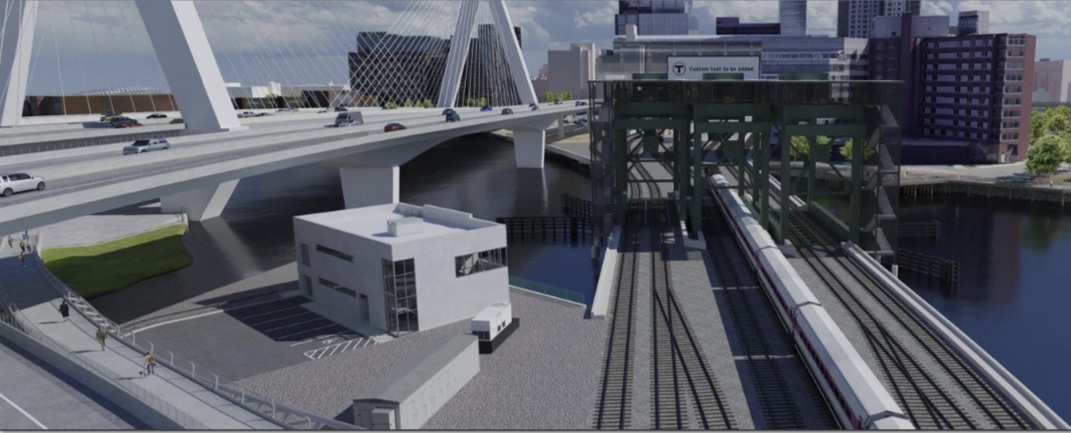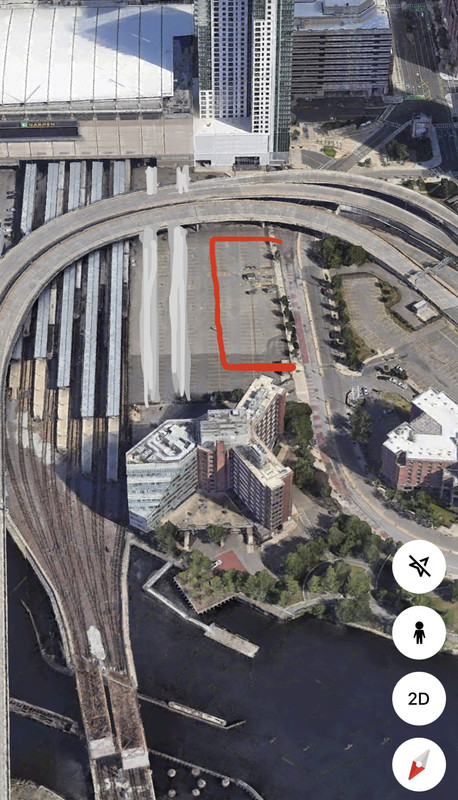I believe the "why three bridges" is so that they can maintain 2 bridges (4 tracks) worth of access to North Station at any given time - build one bridge, demolish one bridge. it's not exactly going to be feasible to say no Northside CR service whatsoever for however long it takes to replace all 4/6 tracks. Plus, no redundancy in that case if something with one bridge does eventually fail.
Also, looking at this again side by side with the existing bascules, it actually looks substantially shorter than the bridge it's replacing, with a corresponding narrowing of the navigation channel. It probably doesn't make much of a difference what with the locks downstream and the Charles river dam upstream, but it is notable - have to imagine it's because it's cheaper to just have smaller lift segments. I do imagine it's a relatively lightly used channel but I am surprised that any reduction in width/span was in the cards.
Also: after further research, it looks like this new design is basically something off the shelf from something the Freight RRs have been deploying lots of. This is a picture of a bridge that Conrail built in 2016 down in NJ - I think it's a safe bet to assume wed be getting 3 of a very similar bridge.
https://www.modjeski.com/projects/vertical-lift/paulsboro-railroad-bridge-replacement/
To quote Union Pacific when they built a very similar bridge where the options were lift, swing or bascule, "[The] Vertical lift bridge alternative was chosen due to the low cost and minimal time required for track outages."
Edit: in terms of North side electrification, looking at the Conrail Bridge I just posted, it doesn't exactly look like theres any room at all in the design to be even able to accommodate catenary lines? Without even more height, It'd just get crushed between the deck and the superstructure. I know the T has a dream of battery trains allowing them to deal with unelectrified bridges, but come on - if that proves a failure what are they going to do in the north side terminal district?

